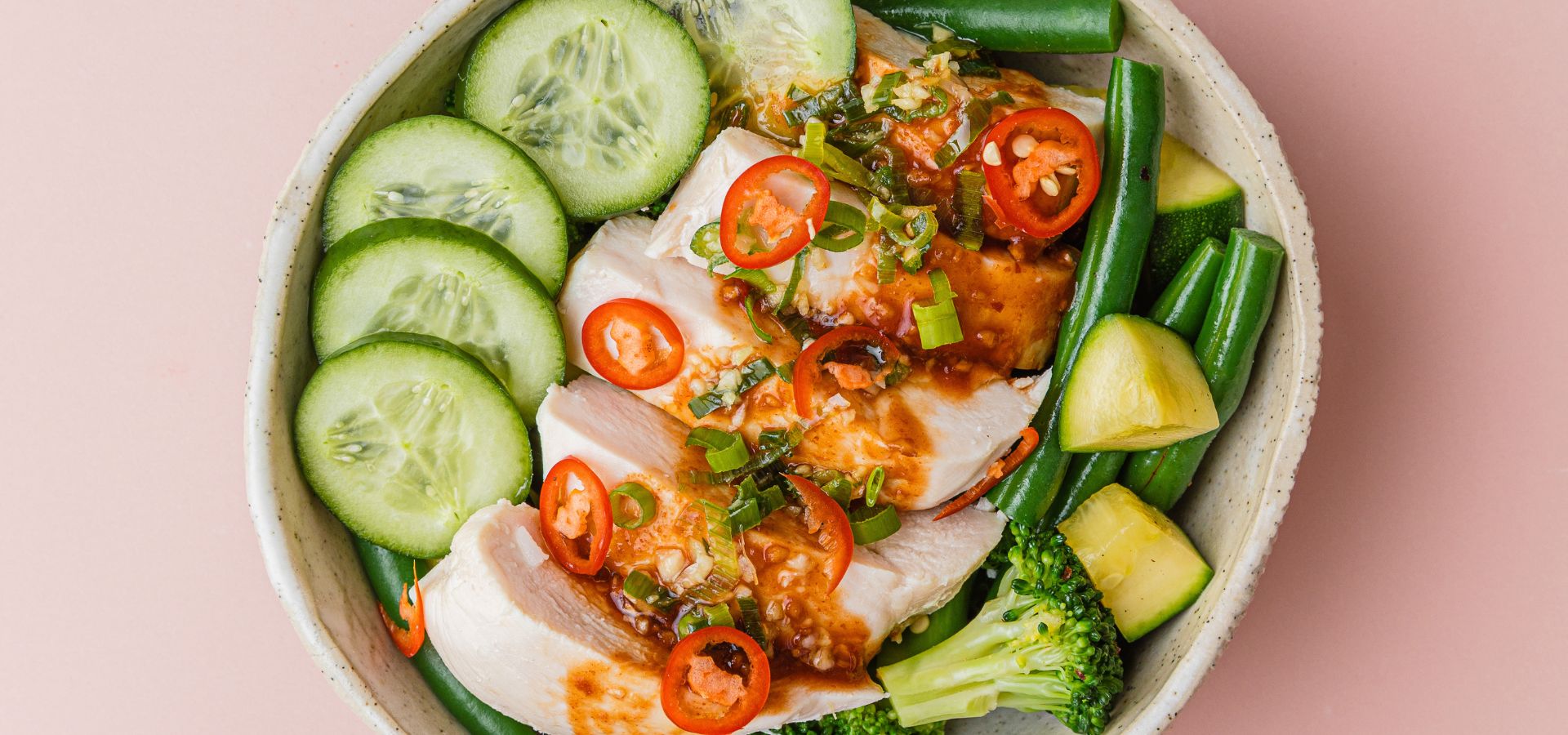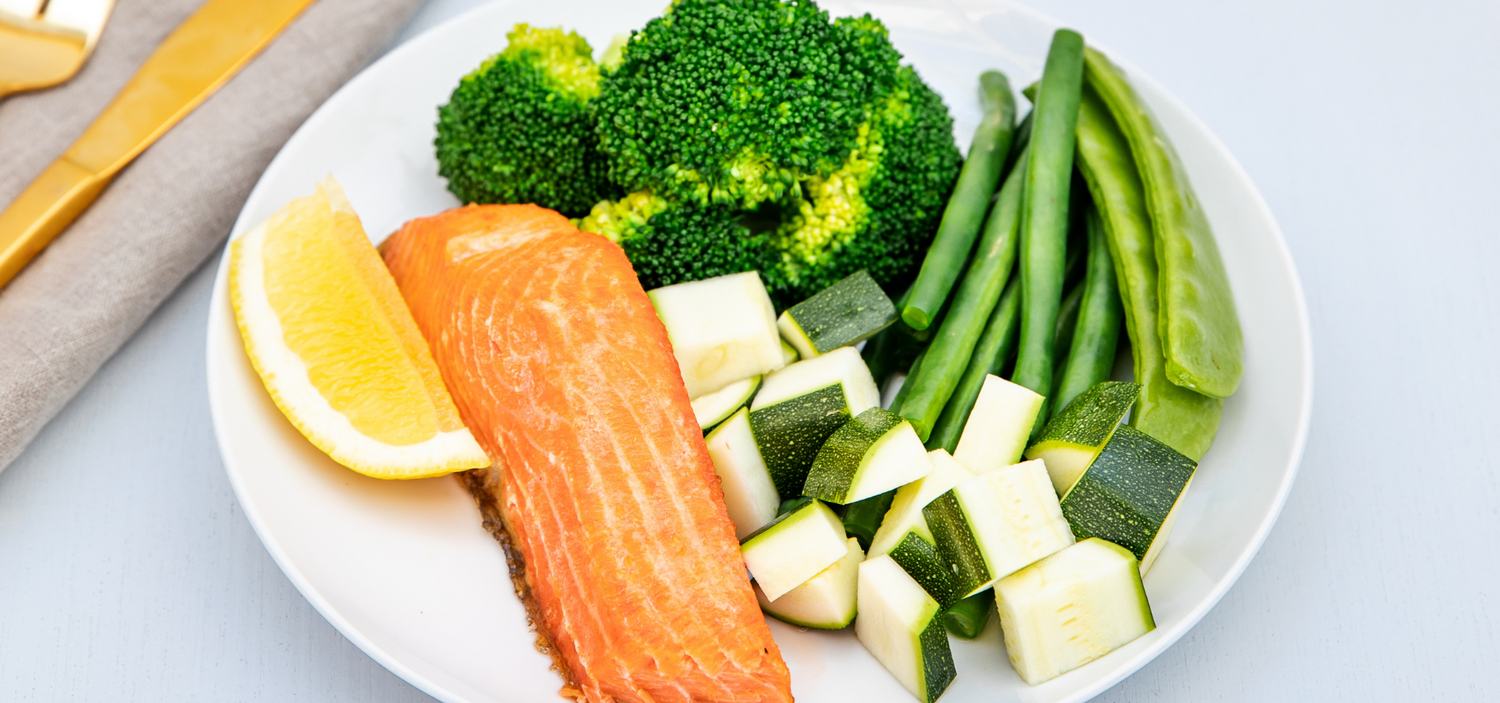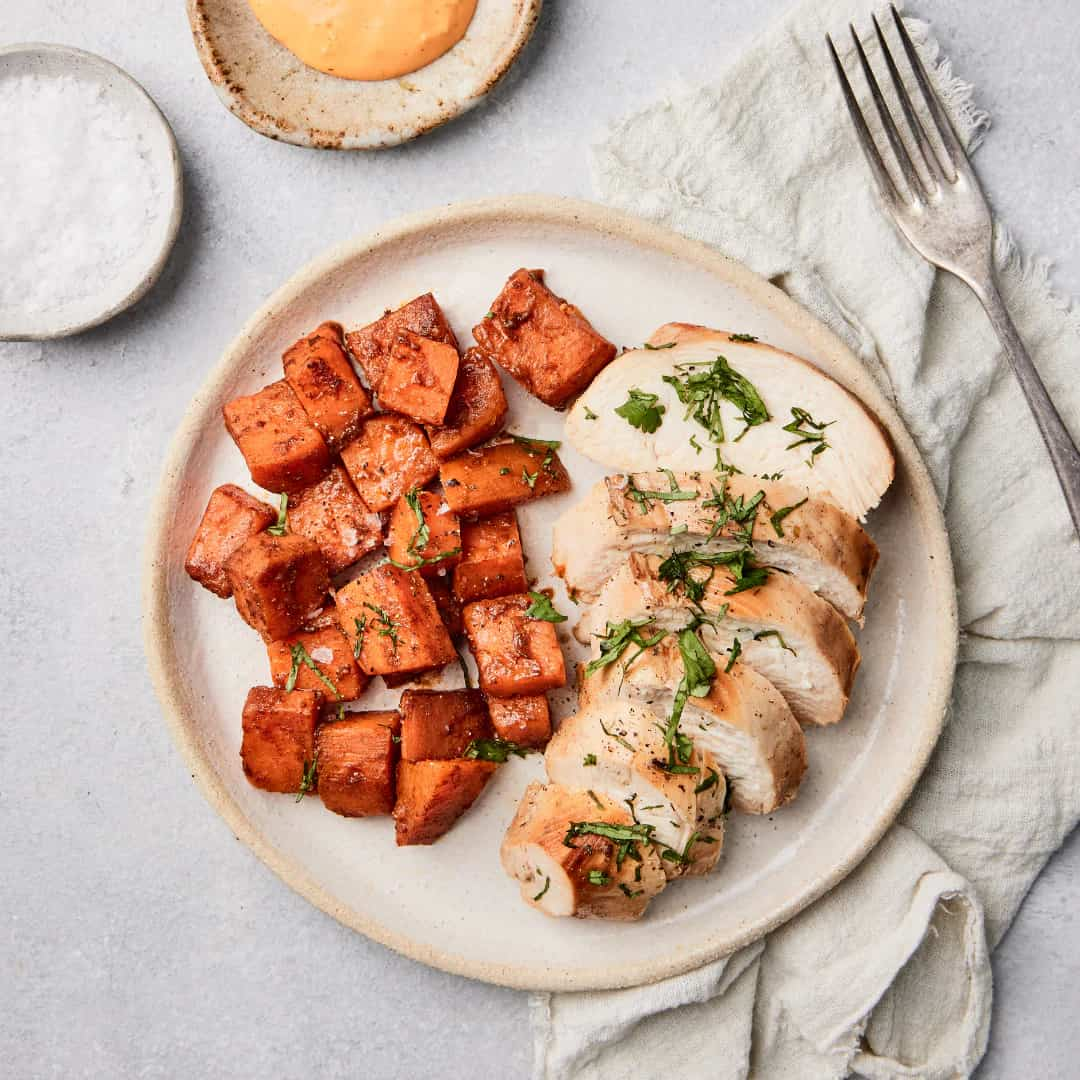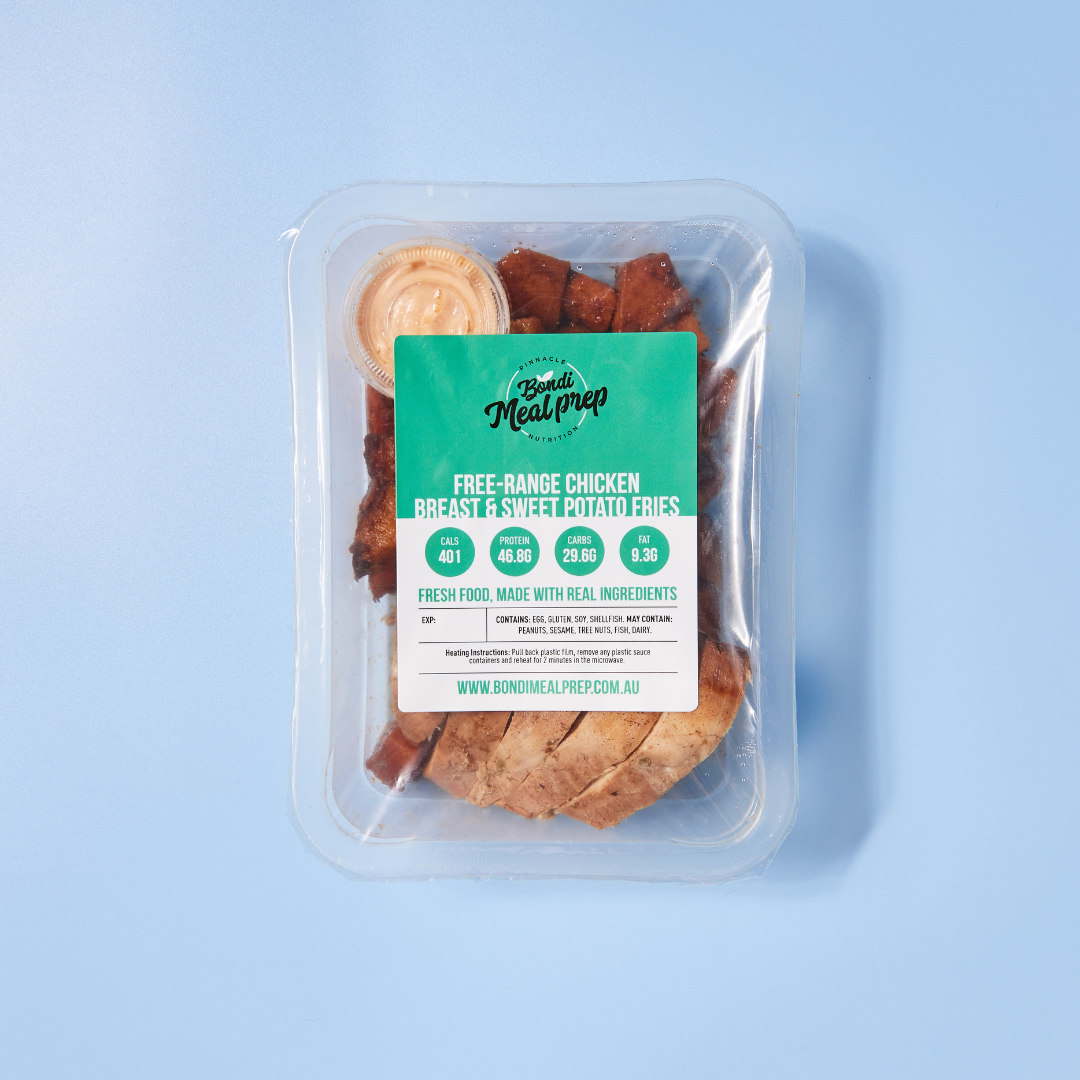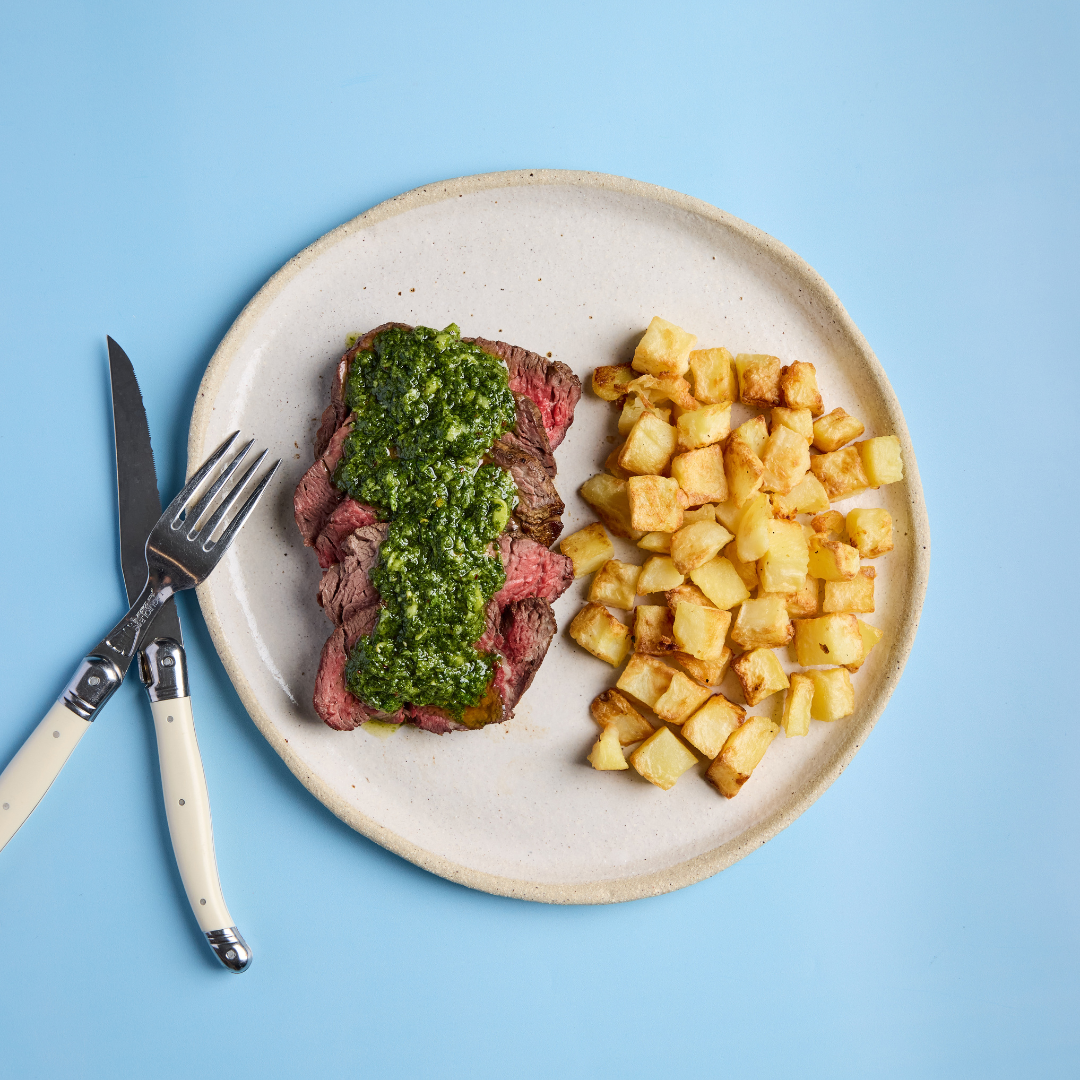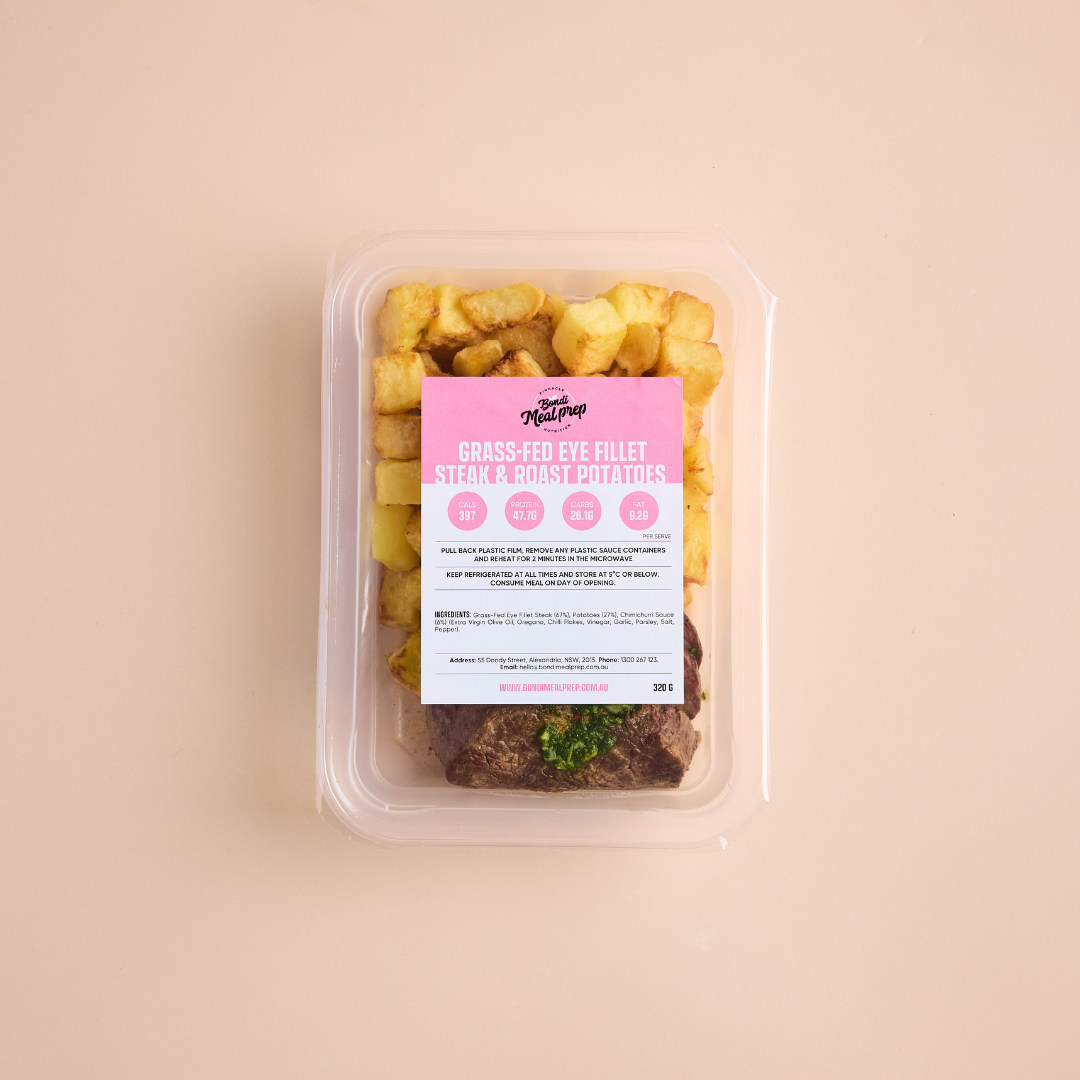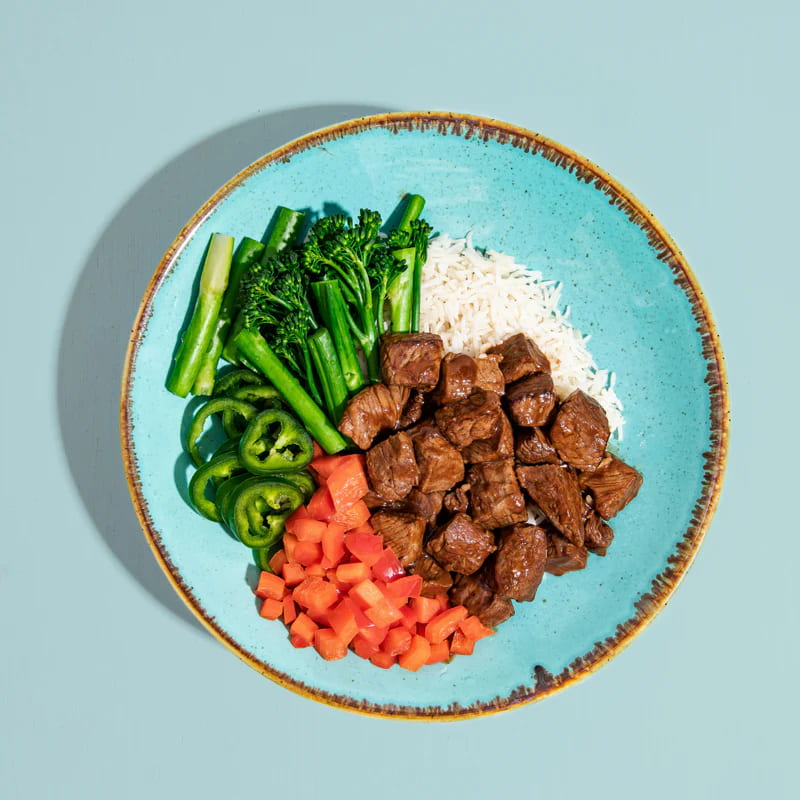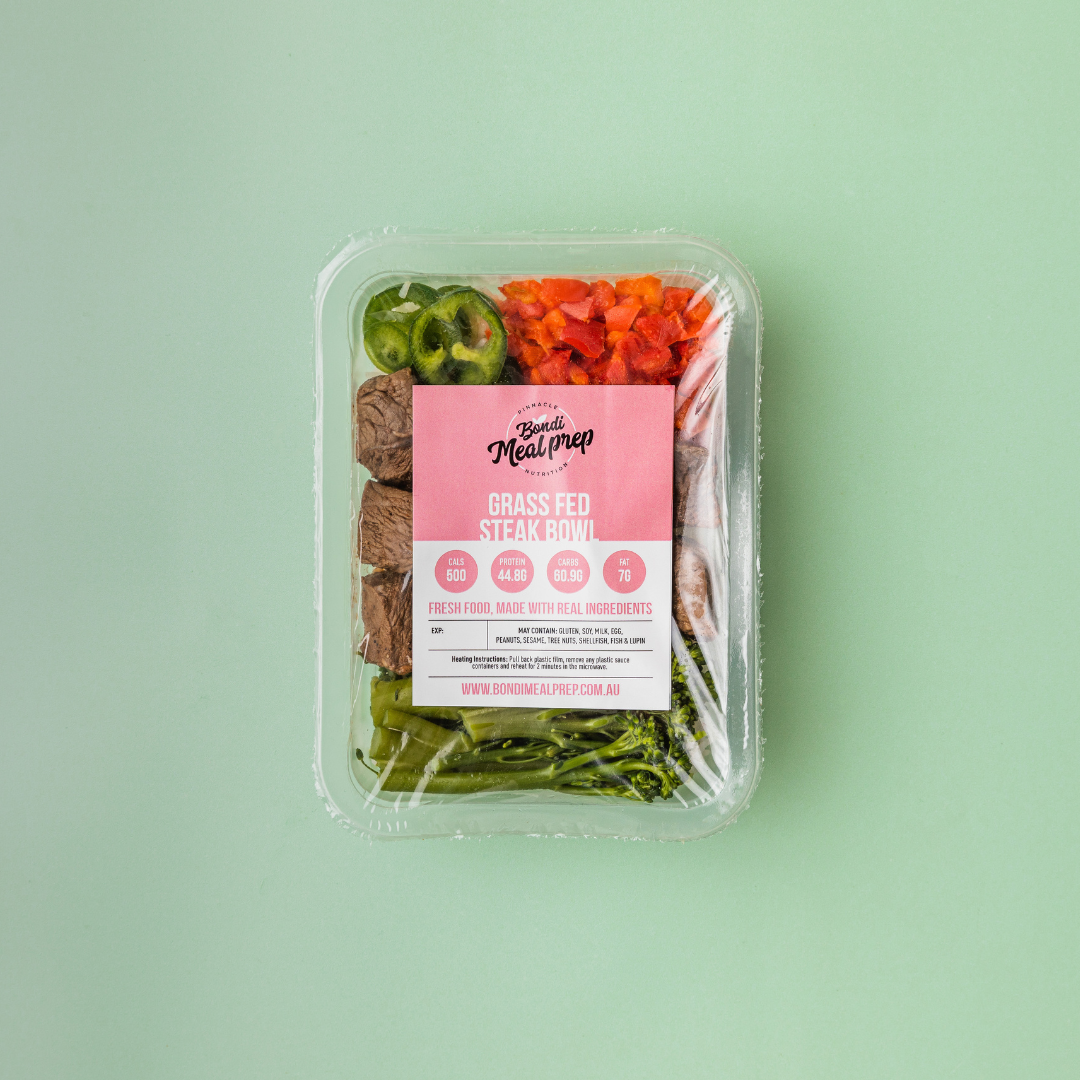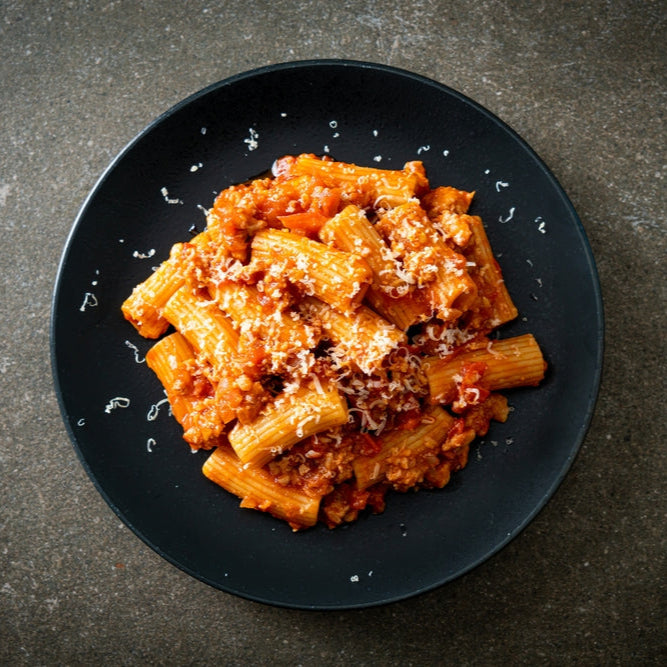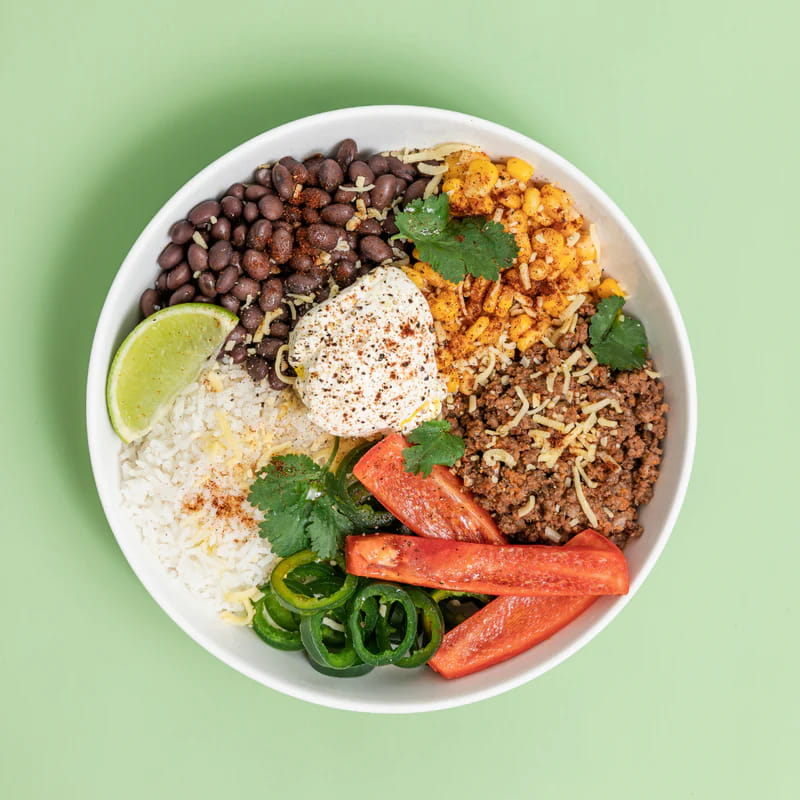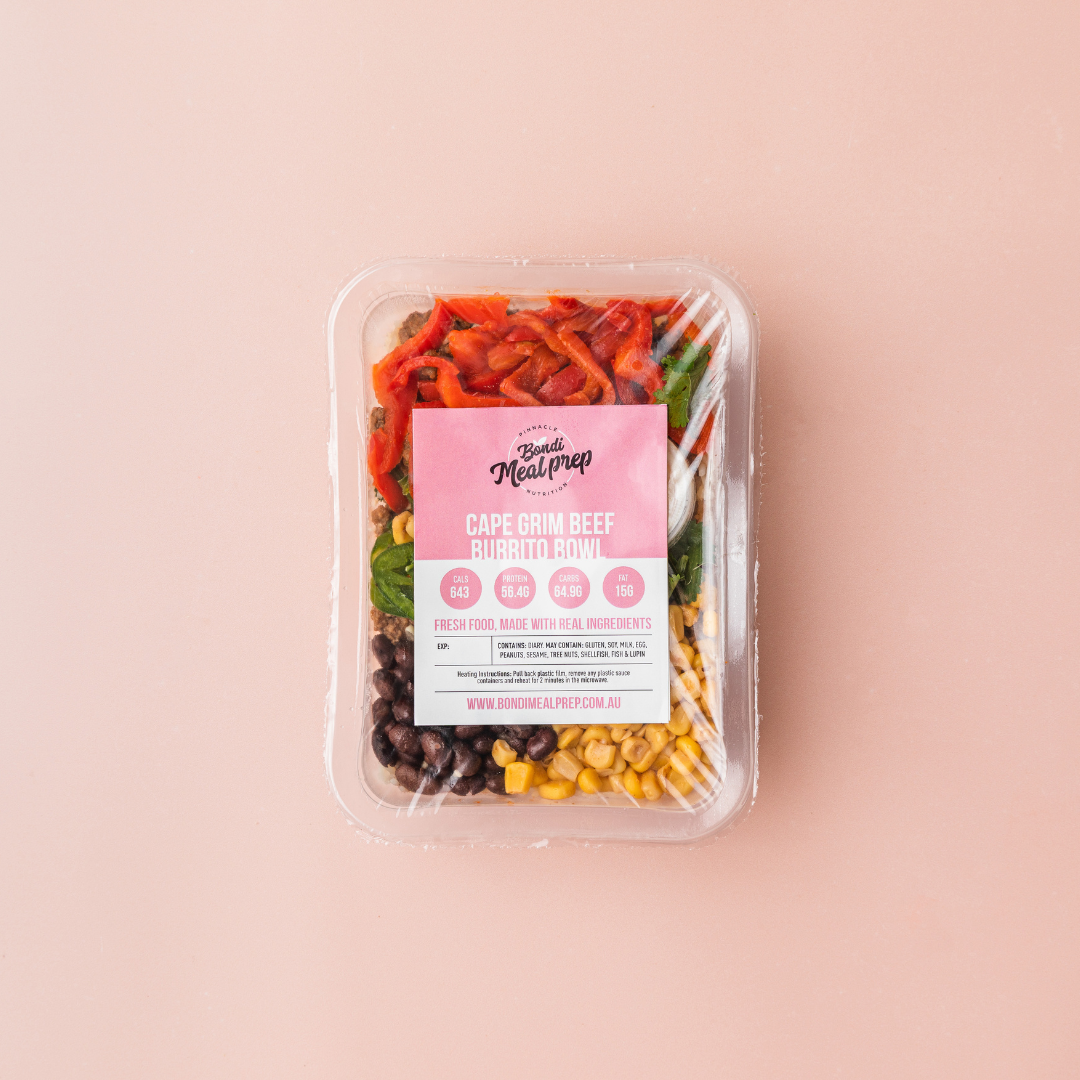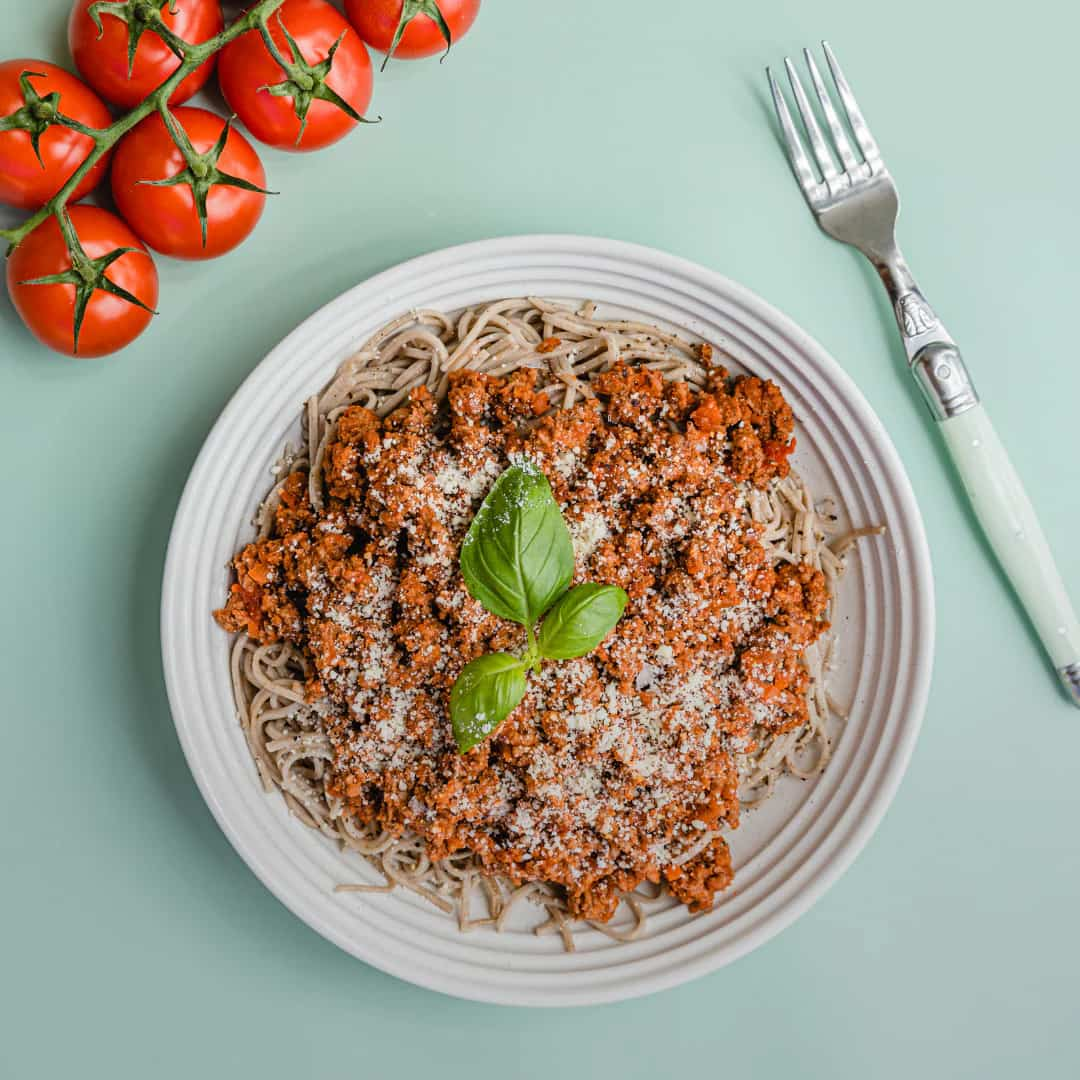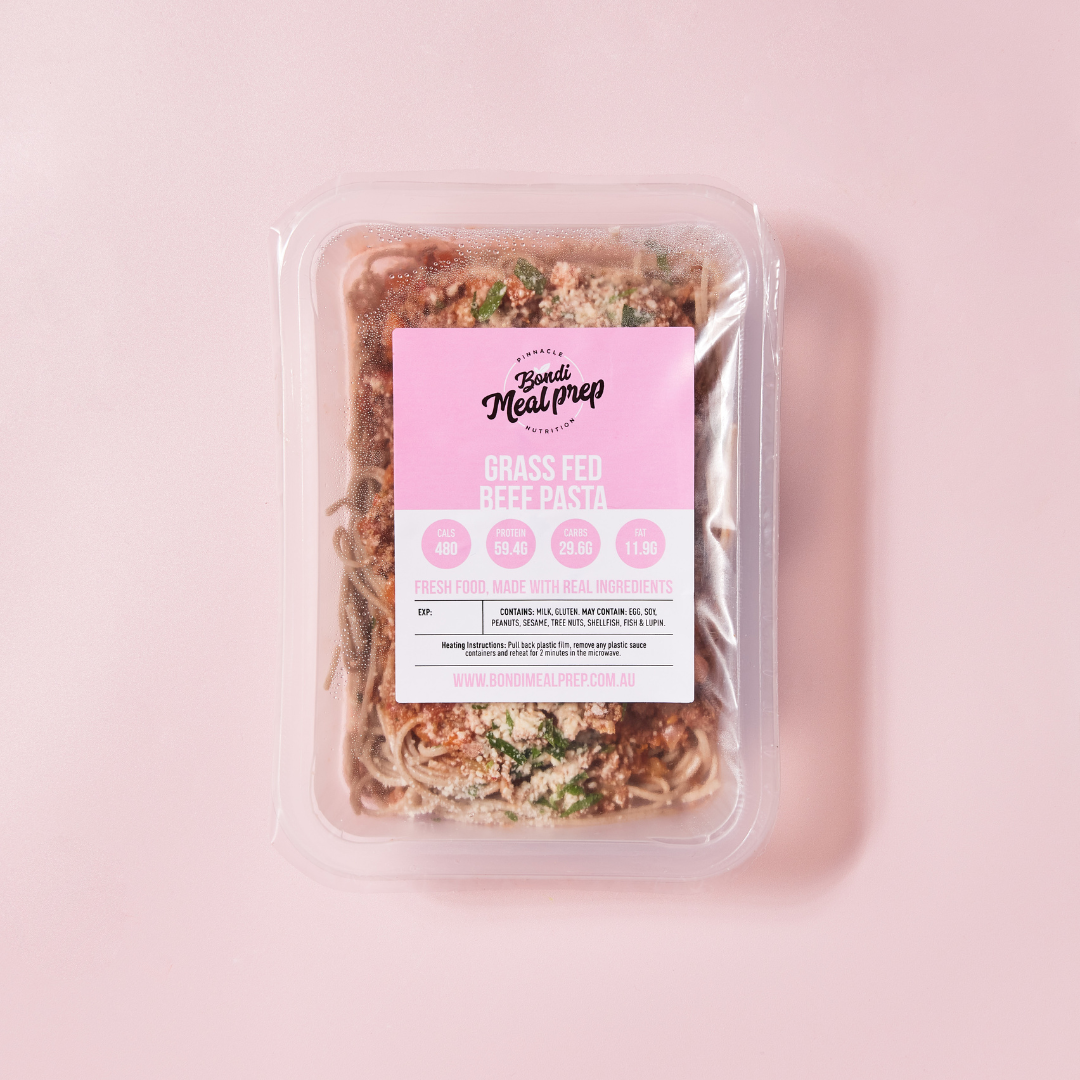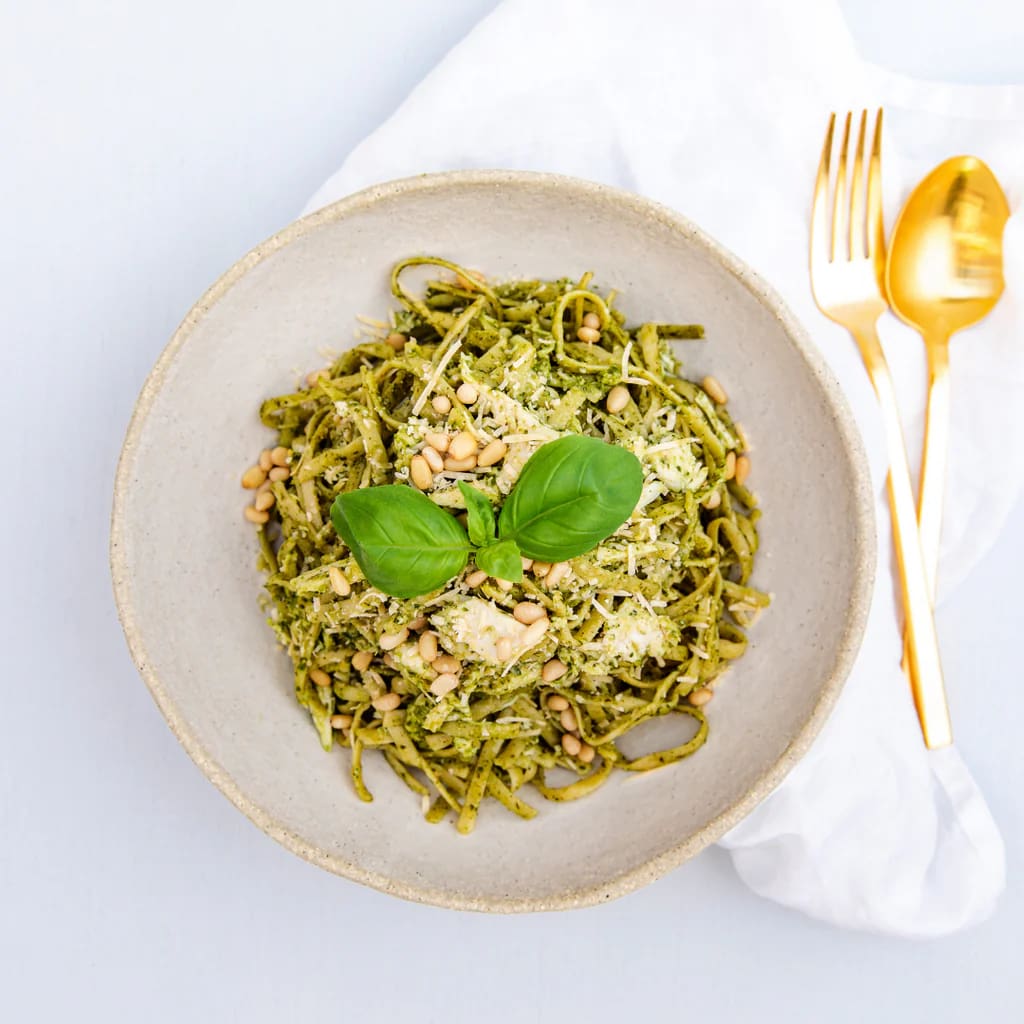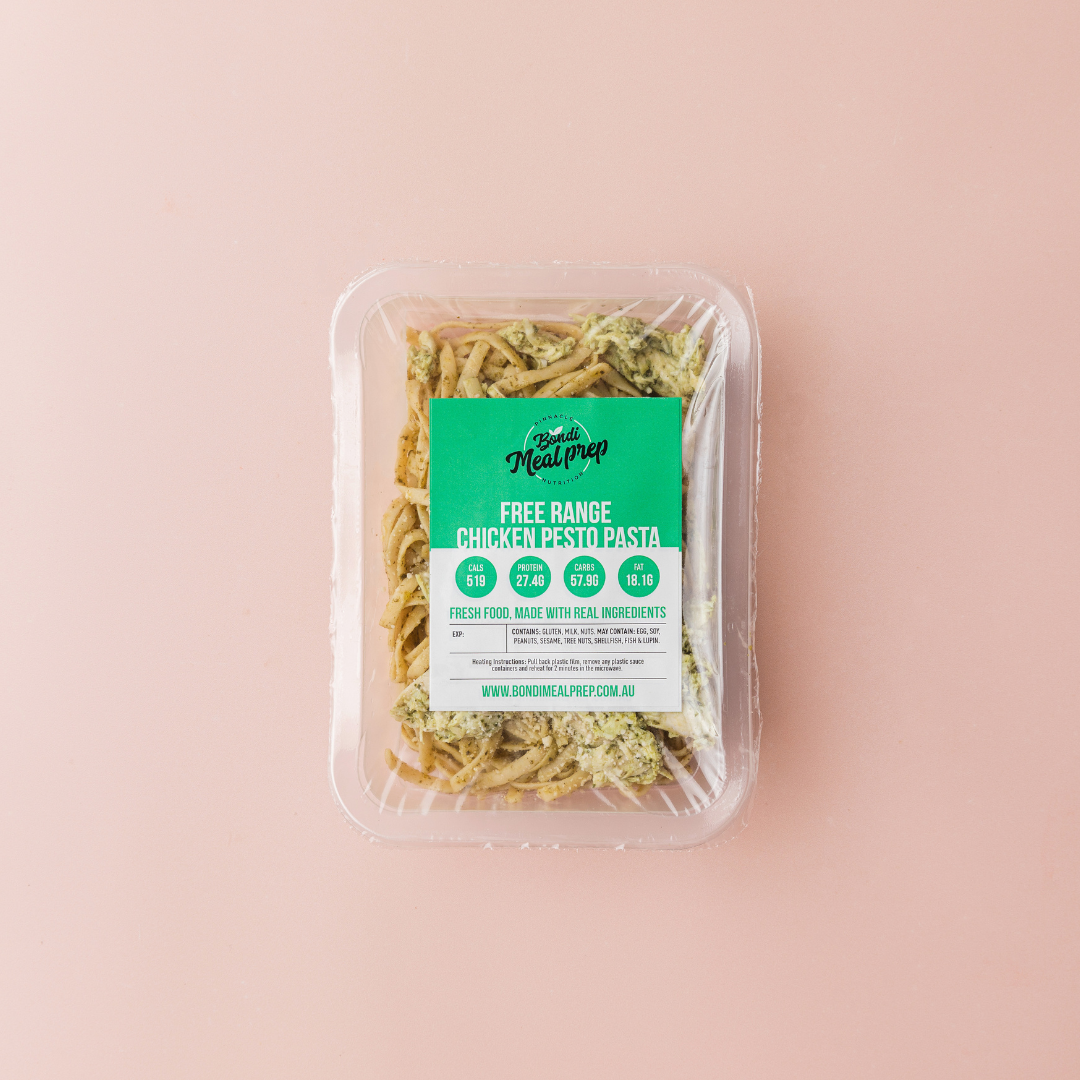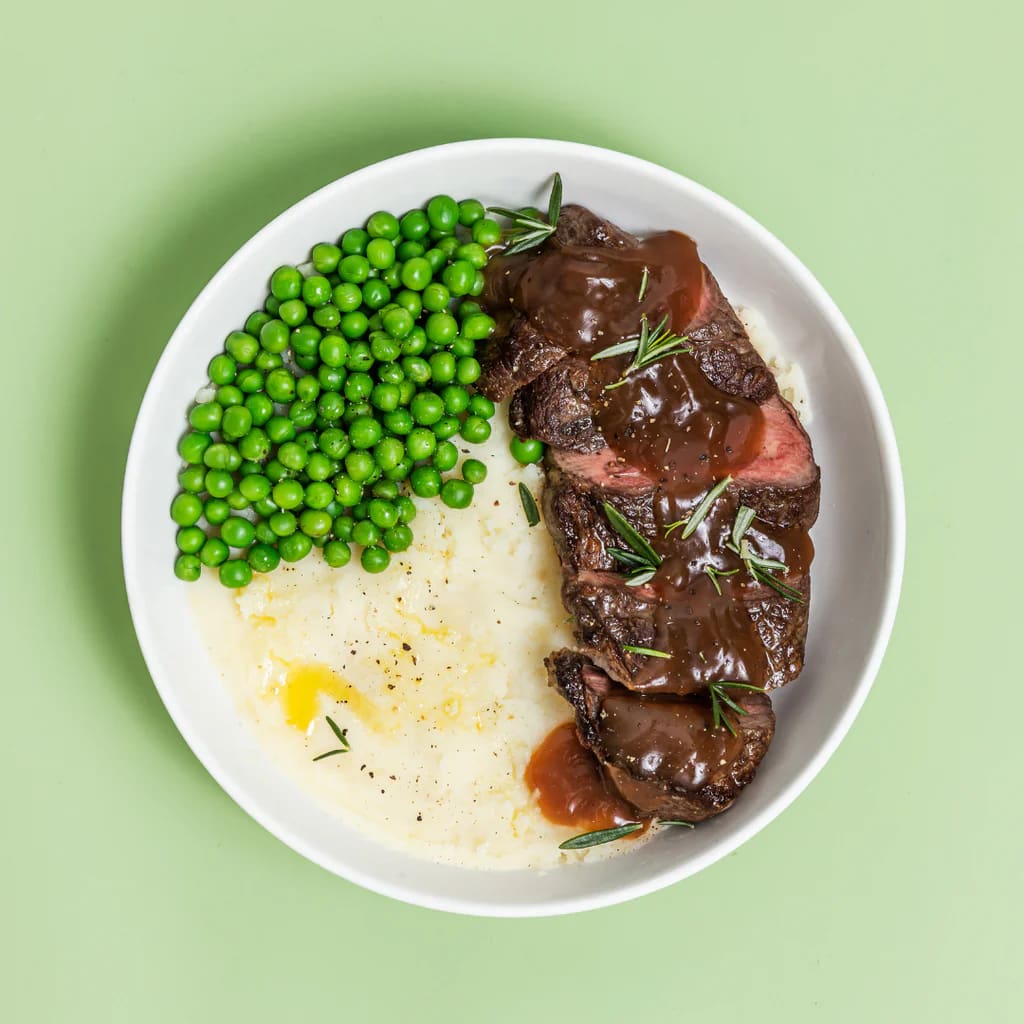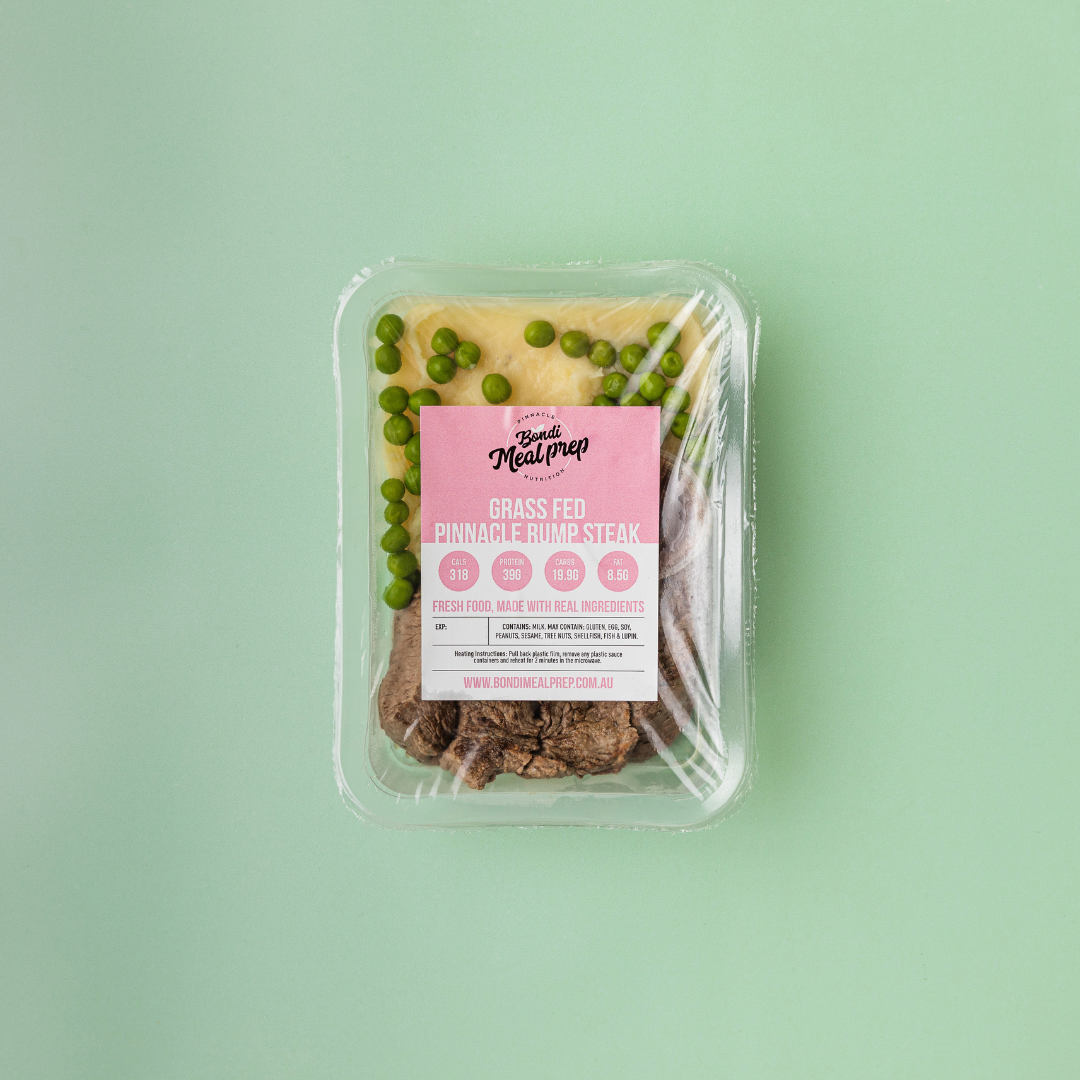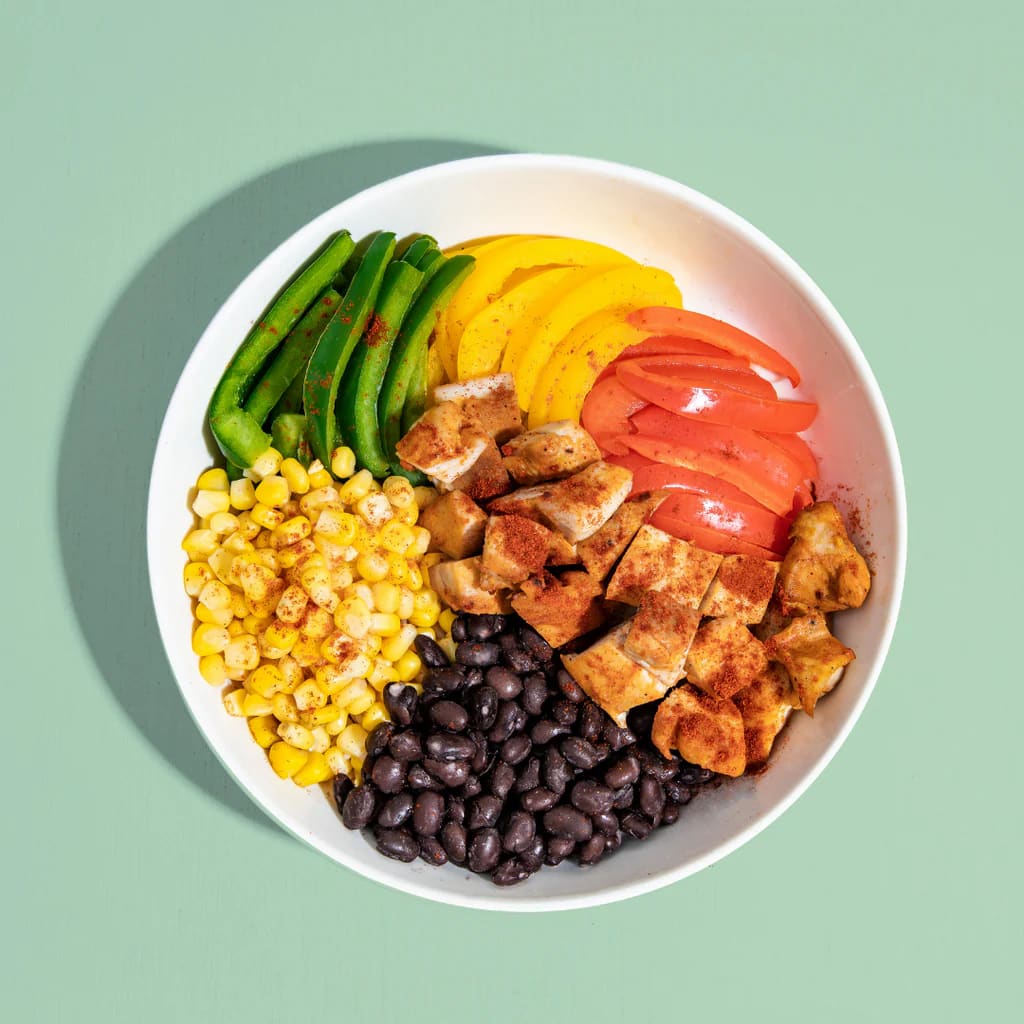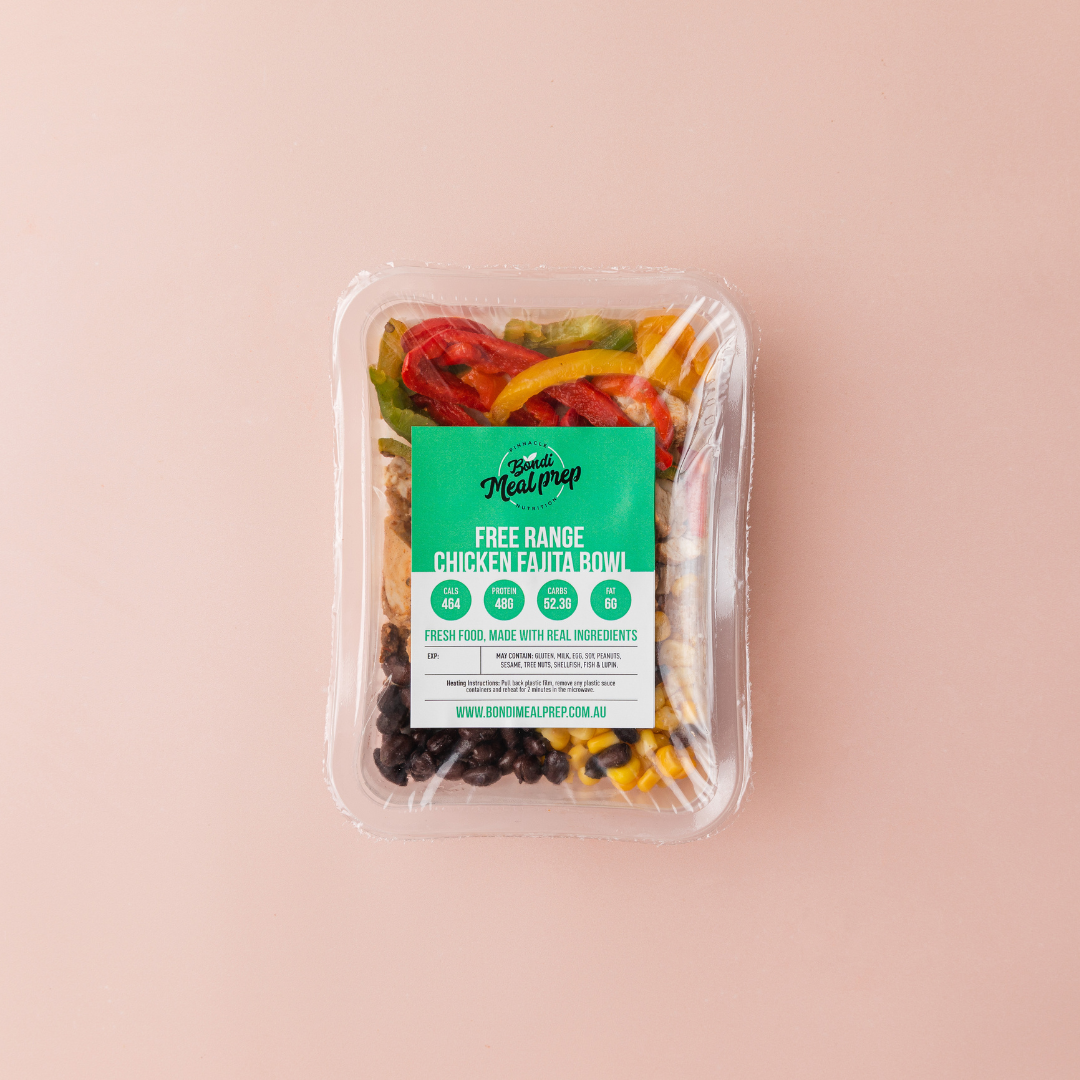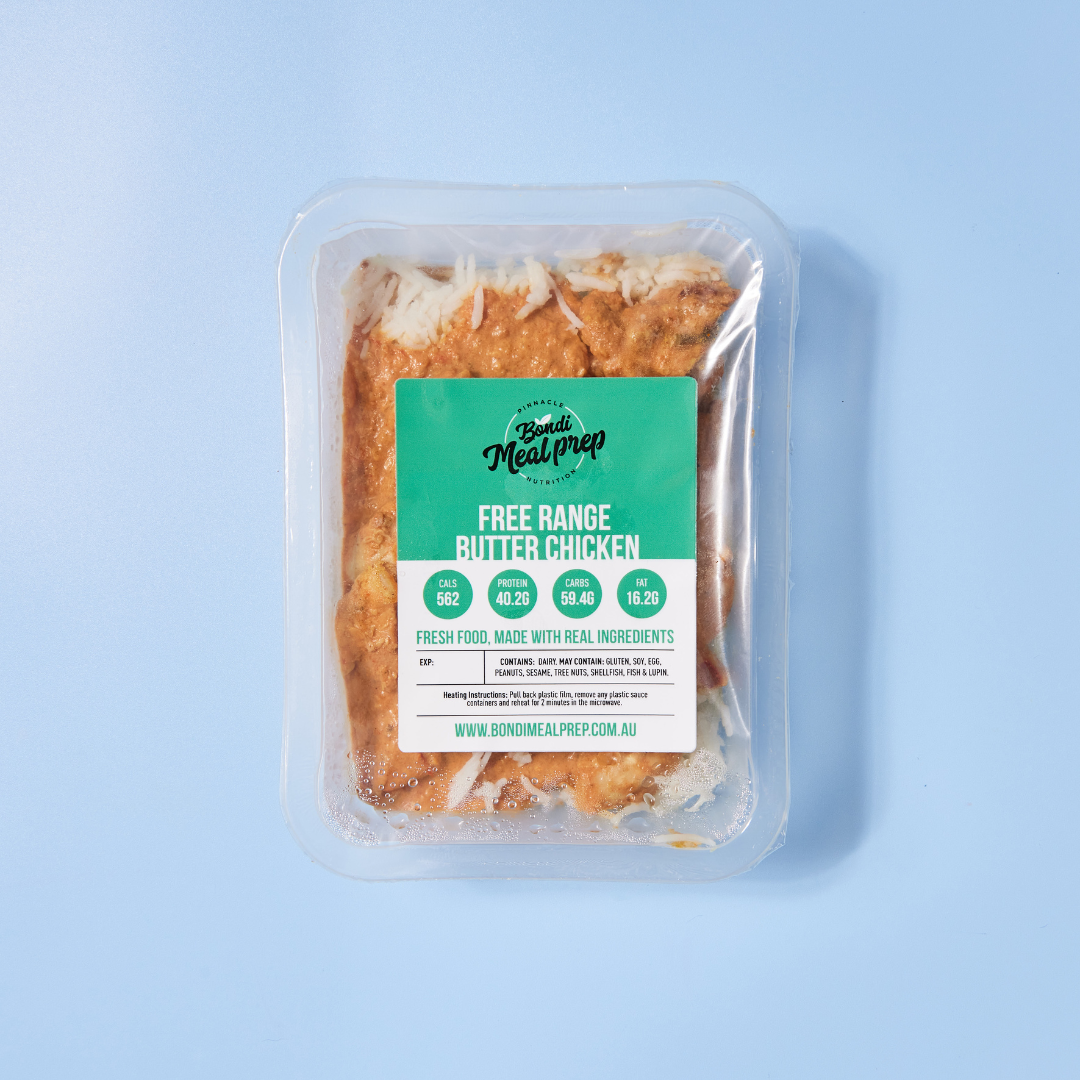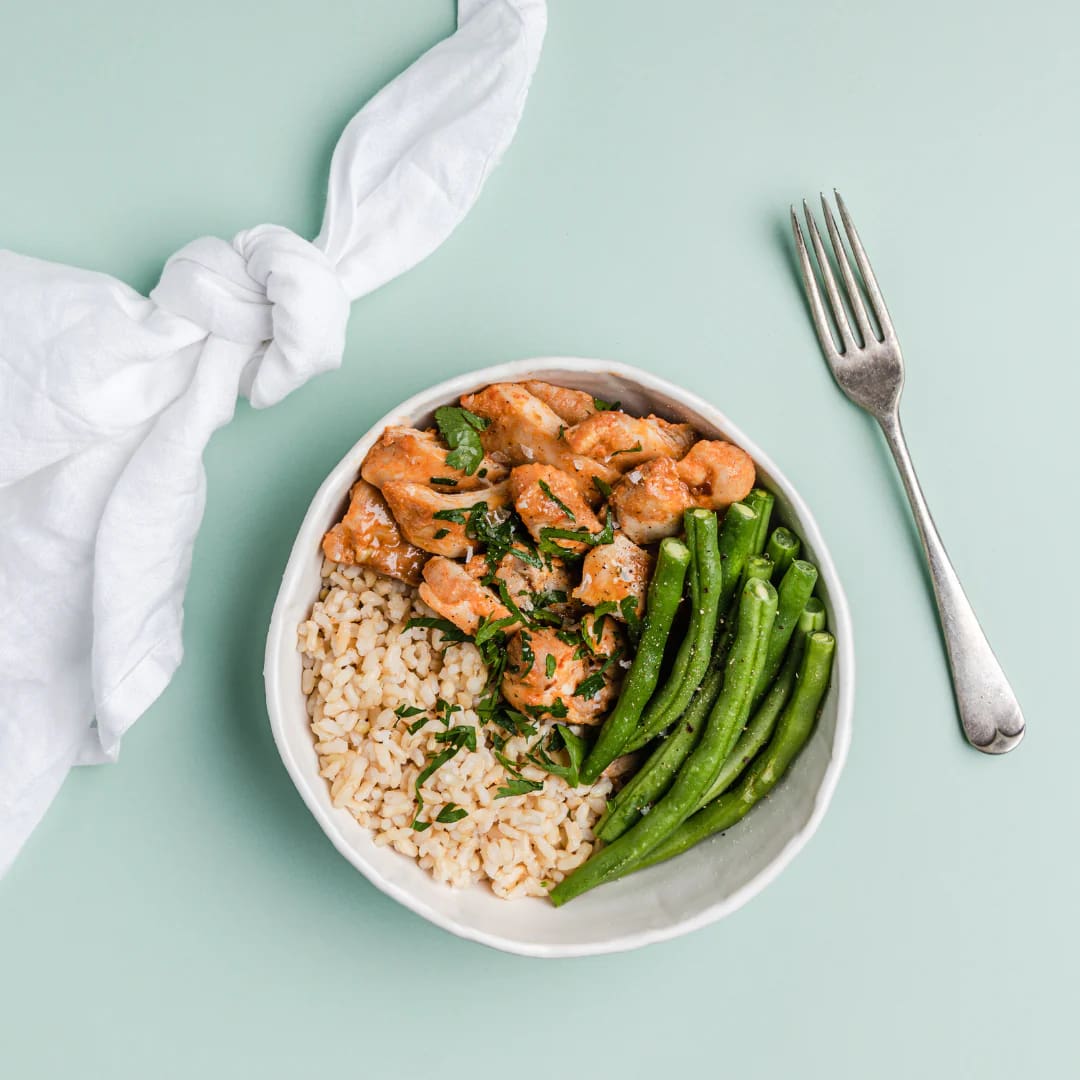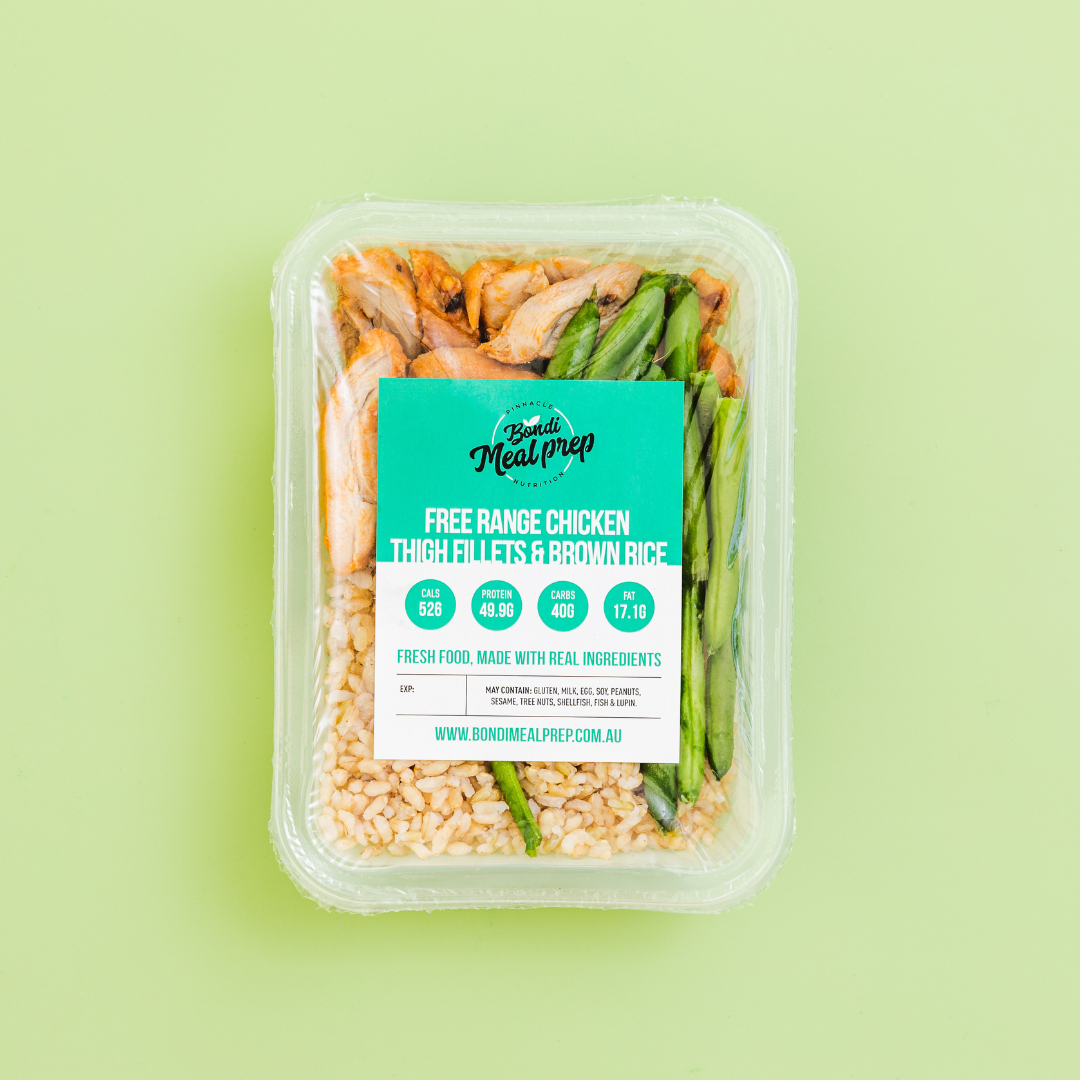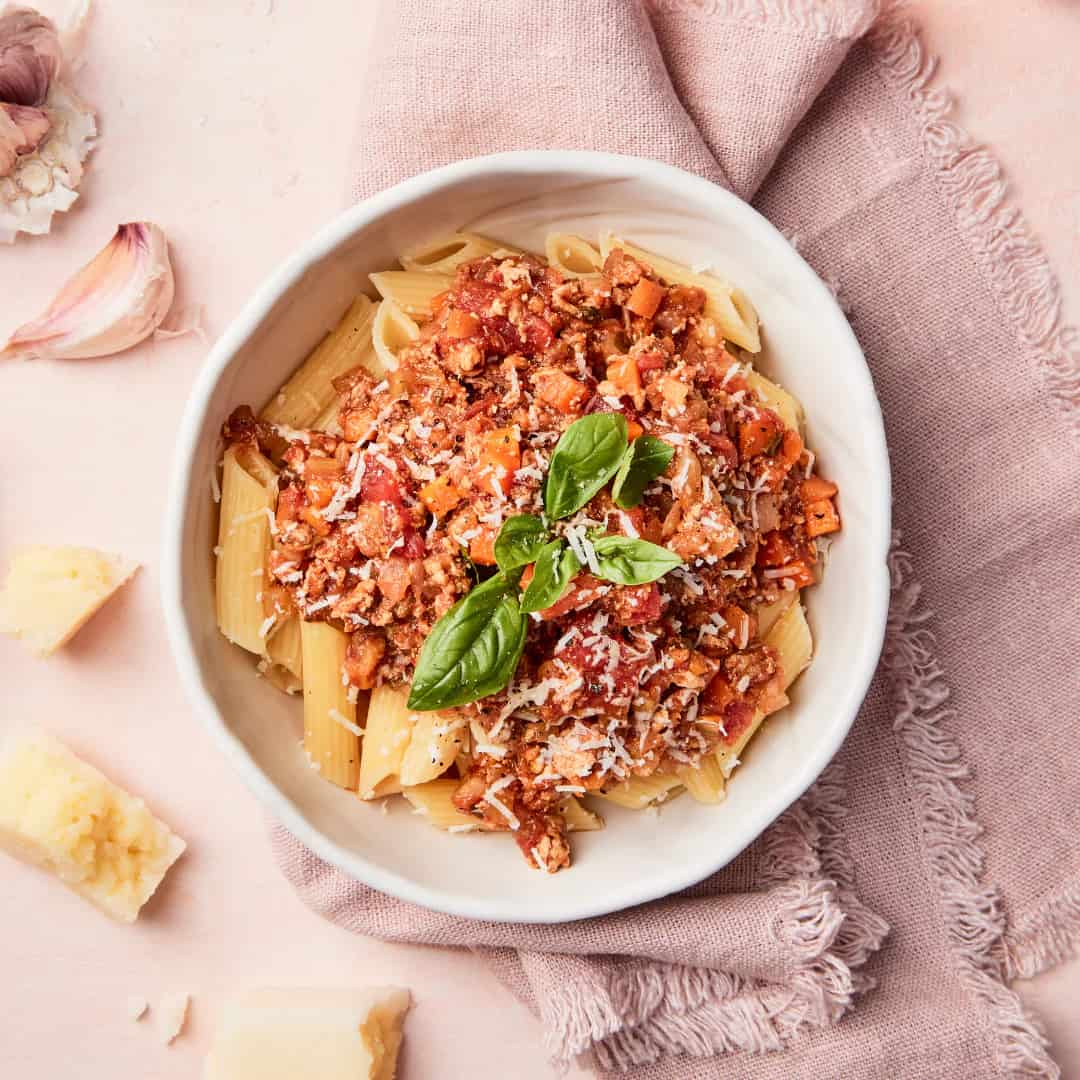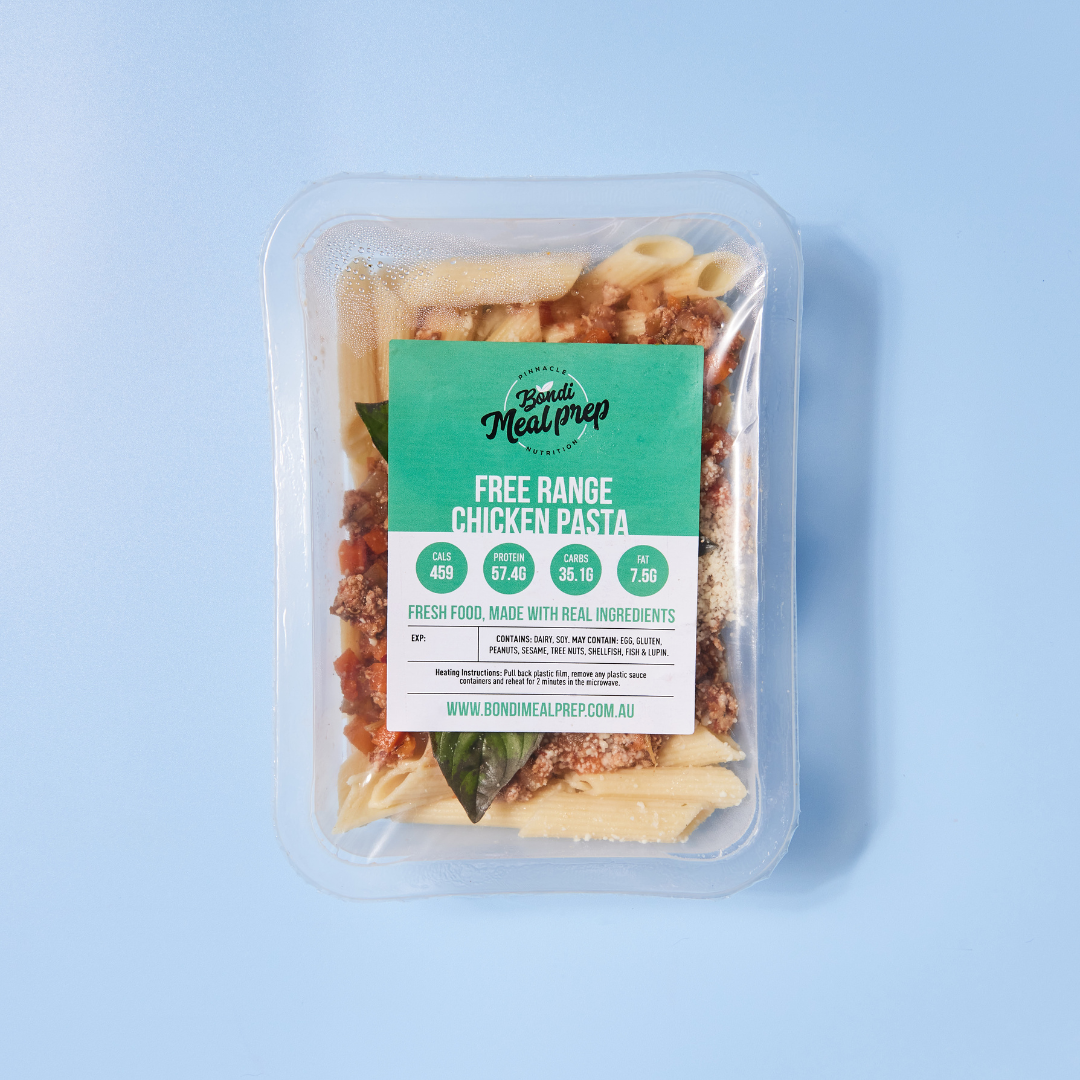Getting to grips with a new diet can be a bit like learning a new language, especially when carbs are off the table. If you’re trying keto to lose weight, boost your energy levels, or simply clean up your eating habits, the ketogenic diet has quickly become one of Australia’s most popular ways to take control of your health.
But if you’re a beginner, you might be asking: "What can I eat? Will I be hungry all the time? Is the keto diet even sustainable?". Don’t worry—you’re not alone. This practical guide is here to help you skip the confusion and jump straight into the keto lifestyle with confidence.
We’ll break down all the essentials, explaining what to eat, what to avoid, and giving you a clear path to make keto work for your body, schedule, and taste buds.
Understanding the Ketogenic Diet
Keto is more than just cutting carbs. It’s about redesigning your food intake and transforming how your body fuels itself.
The keto diet (short for ketogenic diet) is a high-fat diet that’s also low in carbohydrates and moderate in protein. The goal is to shift your body into a state called ketosis, where it stops using sugar (glucose) for energy and starts using fat as its main source of fuel.
This process creates ketones, a clean-burning energy that fuels your brain and body. As your body adapts to this fuel shift, you’ll likely notice more stable energy, fewer cravings, and (for many) steady weight loss.
There are four common variations of the ketogenic diet:
-
Standard Ketogenic Diet (SKD): The standard variation involves 70% fat, 20% protein, and 10% carbs. It's ideal for most beginners and supports general fat loss.
-
Targeted Ketogenic Diet (TKD): This variation adds carbs around workouts, giving extra fuel before and after training sessions.
-
Cyclical Ketogenic Diet (CKD): With this variation, higher-carb days are mixed into the week. It's a popular choice among endurance athletes who need more energy on specific days for long training sessions.
-
High-Protein Ketogenic Diet: With slightly more protein (60% fat, 35% protein, 5% carbs), this variation is useful for bodybuilders and other athletes prioritising muscle maintenance.
For most beginners, starting with the Standard Ketogenic Diet is the simplest and most effective route.
Benefits of the Keto Diet
There’s a reason so many people are turning to keto. Research shows keto eating offers a range of benefits that can support both your day-to-day performance and long-term health.
Here’s what the keto diet may offer:
✔️ Weight loss: By reducing insulin levels and encouraging your body to tap into stored fat.
✔️ Improved energy: A steadier source of fuel means fewer sugar crashes.
✔️ Better mental clarity: Ketones support sharper focus and memory.
✔️ Blood sugar control: Helpful for people looking to manage diabetes or avoid blood sugar spikes.
✔️ Reduced cravings: High-fat, keto-friendly foods are naturally satisfying.
More studies are emerging on its potential benefits for cardiovascular disease, gut health, and even neurological conditions, suggesting that the keto diet offers wide-ranging long-term health benefits.
Foods to Eat on a Keto Diet
One of the most exciting parts of going keto? The food.
For beginners starting a keto diet, focus on incorporating plenty of healthy fats while limiting carbohydrates. Key foods include meat, poultry, fish, eggs, cheese, avocados, nuts, seeds, and non-starchy vegetables.
Here’s your go-to keto grocery list to stock your fridge and pantry with:
Proteins: Free-range eggs, grass-fed beef, lamb, poultry meat, and salmon, tuna, sardines, or other fatty fish.
Healthy fats: Avocados, olive oil, coconut oil, nuts and seeds (chia, flax, macadamias, walnuts, cashews, and almonds), and nut butters.
Low-carb veggies: Leafy greens, cauliflower, zucchini, broccoli, green beans, cucumbers, and asparagus.
Dairy: Full-fat options like cheese, plain Greek yogurt, cream, and cottage cheese (all in moderation).
Drinks: Water (sparkling or still), herbal tea, black coffee without sugar, and bone broth for electrolytes.
Focus on whole, nutrient-dense, low-carb foods. You’ll get the best results with real ingredients and healthy fats.
Monounsaturated fats (like those in olive oil and avocados) support heart health and reduce cardiovascular risk factors. Polyunsaturated fats (found in walnuts, flaxseeds, and fatty fish) are rich in omega-3s, which can reduce inflammation and support brain function.
Foods to Avoid
Just as important as what you eat is what you skip. Here's a list of foods you'll want to avoid:
-
Sugary foods: Cakes, fruit juice, soft drinks, and lollies.
-
High-carb foods: Bread, pasta, white rice, cereal, and pastries.
-
High-carb fruits: Bananas, apples, grapes, and mangoes.
-
Starchy vegetables: Potatoes, corn, peas, and pumpkin.
-
Processed foods: Takeaway, trans-fat snacks, and deep-fried foods
All of these foods are high in glucose and can spike your blood sugar, knocking you out of ketosis.
Keto-Friendly Alternatives
Smart swaps make sticking with keto simple:
-
Cauliflower rice instead of rice
-
Zucchini noodles (zoodles) instead of pasta
-
Almond flour instead of white flour
-
Stevia, monk fruit, or erythritol instead of sugar
-
Dark chocolate (85% or higher) for a sweet treat
These substitutions enable you to stick to your keto diet and enjoy your favourites without the feeling of missing out.
Sample Keto Meal Plan for Beginners
Now that you know what foods to eat and avoid, you might be wondering how to combine them in healthy, keto-friendly meals. This sample meal plan helps you understand what you might eat from one day to the next:
Breakfast
Day 1: Scrambled eggs cooked in butter with avocado on the side.
Day 2: Chia pudding with coconut milk, cinnamon, and a few fresh berries.
Lunch
Day 1: Chicken salad with rocket, olive oil dressing, and avocado.
Day 2: Tuna with zucchini noodles, olive oil, and lemon.
Dinner
Day 1: Grilled salmon with steamed broccoli and lemon butter sauce.
Day 2: Steak with sautéed non-starchy veggies and a side salad.
Snacks
-
Cottage cheese with cucumber slices
-
Hard-boiled eggs
-
A handful of macadamias
-
Celery sticks with almond butter
These meals and snacks can help keep net carbs, ensuring sufficient calorie intake and supporting your energy levels.
5 Steps to Success on the Keto Diet
Ready to make your keto diet work long-term? Here are five simple steps you can follow to set yourself up for success:
1. Plan Your Meals Ahead
You can avoid slip-ups by knowing what you're eating in advance. Batch cooking your meals can take the stress out of mealtimes, or you can use a keto meal delivery service like Bondi Meal Prep for maximum convenience.
2. Read Food Labels Carefully
You should always watch out for sneaky ingredients like added sugars, fruit juice, or grains hidden in sauces, salad dressings or condiments.
3. Stay Hydrated and Balance Electrolytes
Staying hydrated and drinking plenty of water is key. Add a pinch of salt to your meals for sodium and consider bone broth as a source of electrolytes.
4. Use Supplements When Needed
It's not always possible to get all the nutrients you need from food alone. Supplements like Omega-3s, magnesium, potassium, and sodium can reduce fatigue and support performance.
5. Be Patient With the Process
Remember, adapting to keto takes time. Stick with the diet and trust the process; your body is learning how to burn fat efficiently.
Understanding Keto Flu
Many beginners experience “keto flu” during their first week. This isn’t the actual flu. Instead, it’s your body adjusting to a low-carb diet and using fat instead of glucose.
Symptoms of keto flu may include:
-
Headaches
-
Low energy or fatigue
-
Irritability
-
Brain fog
-
Muscle cramps
Keto flu normally lasts 3 to 7 days, although some people might feel symptoms for up to two weeks. This depends on your body’s metabolism, how quickly you reduce your carbohydrate intake, and how well you support your electrolytes and hydration.
Most people find that symptoms ease once their body starts adapting to burning fat for fuel. Staying hydrated, eating a sufficient amount of healthy fats, drinking plenty of water, and supplementing with electrolytes can help accelerate recovery and alleviate discomfort.
Common Mistakes to Avoid
Let’s clear up some common mistakes before they happen:
-
Not eating enough fat: Keto is a high-fat diet, and fat is your main source of energy. Skimping on fat can leave you feeling constantly hungry and sluggish.
-
Eating too much protein: While protein is important, too much can be converted into glucose. Unless you need higher levels for training, stick to a moderate protein intake to stay in ketosis.
-
Forgetting fibre: A low-carb diet doesn’t mean low in vegetables. Skipping low-carb vegetables can leave your digestion off balance. Load up on greens, zucchini, and broccoli.
-
Expecting instant results: Keto isn’t a quick fix. While some see early weight loss, real fat adaptation and long-term change take time. Focus on consistency, not short-term gains.
-
Being fixated on the scales: While the keto diet may support significant weight loss, it’s not the only marker of success. Don’t overlook wins like better energy, fewer cravings, clearer thinking, or improved blood sugar balance.
Simplify Your Keto Journey with Bondi Meal Prep
Even with the best intentions, life gets busy. Some nights, you just want to eat without thinking about carb counts, macros, or prep time. That’s where Bondi Meal Prep comes in.
We offer chef-designed, nutritionist-approved keto meals crafted with premium, locally sourced Aussie ingredients. Whether you’re a keto beginner or just want one less thing to worry about, we’ve got you covered.
All our meals are:
-
Packed with healthy fats and protein
-
Low carb, gluten-free, and preservative-free
-
Ready in minutes
-
Delivered fresh to your door
Explore our keto collection and customised meal plans today and make healthy eating the easiest part of your week. Save your time, fuel your goals, and simplify your keto journey with Bondi Meal Prep.


